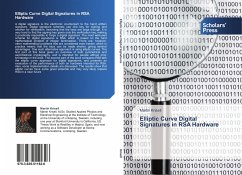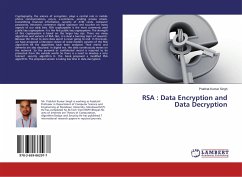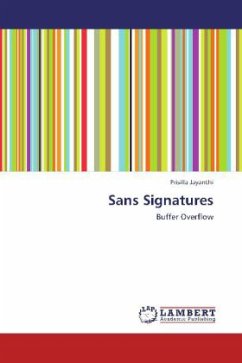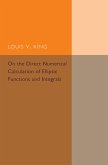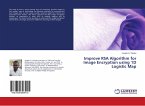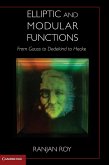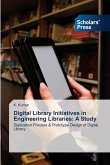A digital signature is the electronic counterpart to the hand written signature. Digital signature schemes use one key for signing and another for verification. Assuming that the keys are large enough, it is very hard to find the signing key given only the verification key, making it practically impossible to forge a digital signature. The most well-used scheme for digital signatures is RSA, which is based on the hard mathematical problem of integer factorization. There are, however, other mathematical problems that are considered even harder, which in practice means that the keys can be made shorter, giving several advantages. One such alternative approach is using elliptic curves. The first part of this book gives an overview of both symmetrical and asymmetrical cryptography, and is intended for people without prior knowledge in the area. The second part of the book compares RSA with the elliptic curve approach for digital signatures, and presents an evaluation of the performance of both on hardware intended for RSA. Also, some implementation details are discussed. The results show that elliptic curves have some great potential and may very likely replace RSA in a near future

